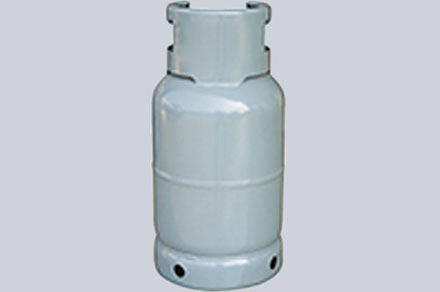Feb. 13, 2023
Transferring liquefied petroleum gas (LPG) from one LPG cylinder to another can be a useful task. However, it is important to follow safety guidelines to avoid accidents.

You will need a cylinder valve key, a regulator, a flexible hose, and a cylinder wrench. You may also need protective gloves, a fire extinguisher, and eye protection.
Make sure the location where you will perform the transfer is well-ventilated and free of any potential sources of ignition. It is also important to keep the location free of flammable materials and to avoid transferring gas in the presence of sparks or flames.
Before you begin, make sure to turn off the gas supply to the cylinder you will be transferring from. This can usually be done by turning the valve on the cylinder to the "Off" position.
The first step in transferring LPG is to attach the regulator to the cylinder from which you will be transferring the gas. Use the cylinder valve key to open the valve on the cylinder, and then screw the regulator onto the valve.
Once the regulator is attached, connect the flexible hose to the outlet of the regulator. Make sure the connection is tight and secure to prevent any gas leaks.
Once the flexible hose is connected, use the cylinder valve key to turn the valve on the cylinder to the "On" position. This will allow gas to flow from the cylinder through the regulator and into the flexible hose.
Take the end of the flexible hose and attach it to the inlet of the valve on the receiving cylinder. Use the cylinder wrench to tighten the connection, making sure it is secure.
After the hose is attached, use the cylinder valve key to turn the valve on the receiving cylinder to the "On" position. This will allow gas to flow from the source cylinder through the hose and into the receiving cylinder.
Keep a close eye on the transfer process to ensure that it is proceeding smoothly. If you notice any signs of gas leaks or other issues, immediately turn off the valves on both cylinders and seek help.
Once the receiving cylinder is full, or the desired amount of gas has been transferred, turn off the valves on both cylinders. Use the cylinder valve key to turn the valve on the source cylinder to the "Off" position, followed by the valve on the receiving cylinder.
After the valves have been turned off, carefully disconnect the flexible hose from both cylinders. Use the cylinder wrench to loosen the connections, making sure to keep the end of the hose pointed away from your face.
Store the equipment and any unused LPG in a safe place, away from potential sources of ignition.
It is important to follow these steps carefully to avoid any potential safety hazards during the transfer process. If you are not familiar with the equipment or feel uncomfortable performing the transfer, it is recommended that you seek help from a qualified professional.
Hot Products
You are more than welcomed to leave your contact info and we will be in touch shortly.
+86 318 8442 7892
+86 318 8442 7892
+86 138 3381 5636
+86 156 3287 3277
Longhua, Jingxian, Hebei province, China.
REQUEST A QUOTE
NAVIGATION